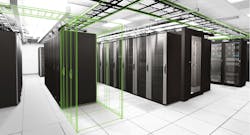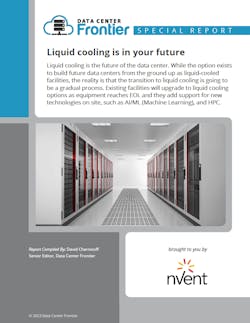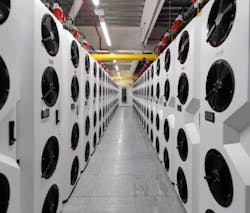How to Evaluate Your Environment for the Move to Liquid Cooling
We continue our article series on liquid cooling in data centers. This week we'll share tips for evaluating your environment for the move to liquid cooling.
The more things change, the more things stay the same in your data center environment. You still need to be able to deliver power and cooling to the IT equipment in the data center, regardless of the tasks being performed. What you want to avoid is that delivery becoming a roadblock to your business workflow. Like almost all business tasks, understanding the environment, both in terms of technical requirements and business process needs is the starting point for evaluating where and how the addition of liquid cooling capabilities can improve overall business workflow.
You are probably well aware of the power and cooling requirements for your existing infrastructure. You know how much power you use and how effectively you are currently cooling that workload. So, this gives you the starting point for evaluating the impact of adding these new, high-density, power and cooling intensive workloads. We know it’s not going to be as simple as saying a certain rack is now going to draw this much more power and will be generating this much more heat. Your current infrastructure may, on paper, seem to be able to support the additional workload. But we are all familiar with problems that can crop up when adding heat to a data center. Reconfiguring the data center to support the additional workloads might be as simple as adding hot or cold aisle containment to an existing set of racks, or it could require adding rear door heat exchangers to all of the rack locations getting the new hardware. This is not something you want to find out after the fact.
Some reconfigurations may be necessary simply to stay ahead of the expected growth of your existing workloads. You know that higher power densities are coming. If your data center can deliver the required power your next step is to make sure that you can cool those densities so that the workload growth is sustainable. Make sure that you understand your current thermal workloads; it’s the only way to be sure that you can plan for their growth. You know what tasks are currently being run in your data centers. Now you really need to be forward looking and determine whether future growth will be taking place on-premises or in the cloud. And if like most businesses you are building an even more complex hybrid cloud workflow, you need to assure the business side that the IT side is ready to handle the workload, especially when it is deployed on premises. This means being ready to deploy liquid cooling solutions, as needed, within your data center.
Download the full report, Liquid Cooling is in Your Future, featuring nVent, to learn more. In our next article, we'll discuss how to build for the future.
About the Author





